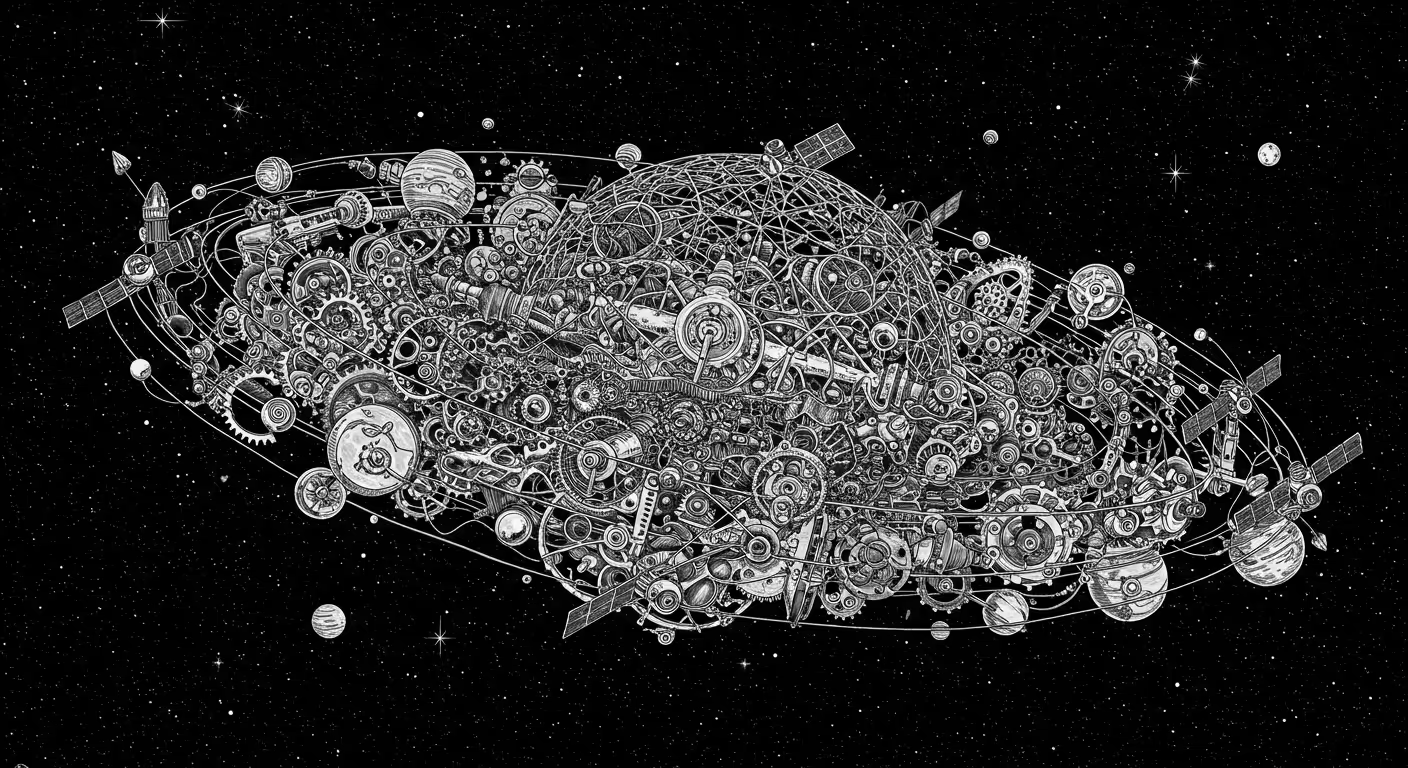- Sections
- Ruby
- Web Development
- Artificial Intelligence
- Urban Planning
- Astronomy
- Issue Navigation
- Previous Issue
- Next Issue
Friday, June 13, 2025
The Digital Press
All the Bits Fit to Print
Friday, June 13, 2025
All the Bits Fit to Print
Simulation study shows starless subhalos stem from reionization effects

Galaxies like the Milky Way have fewer satellite galaxies than predicted by cold dark matter models, largely because many subhalos never formed stars. High-resolution simulations reveal that starless subhalos arise from early conditions that prevent gas cooling and star formation, rather than from supernova feedback or environmental effects.
Why it matters: Understanding why many subhalos lack stars resolves discrepancies between observed satellites and dark matter predictions.
The big picture: Starless subhalos form in regions with inefficient matter accretion, preventing gas from cooling and forming stars.
Stunning stat: Most subhalos in Milky Way-like galaxies are starless, matching observed satellite numbers.
Quick takeaway: Reionization's UV background heating blocks star formation in some subhalos, showing they are born starless, not made so.